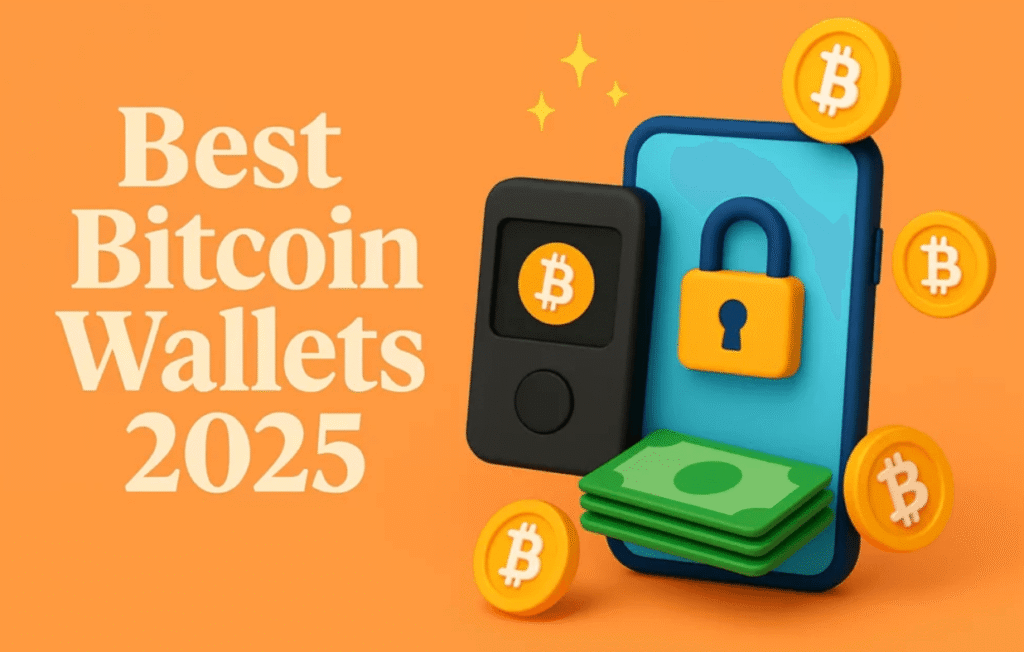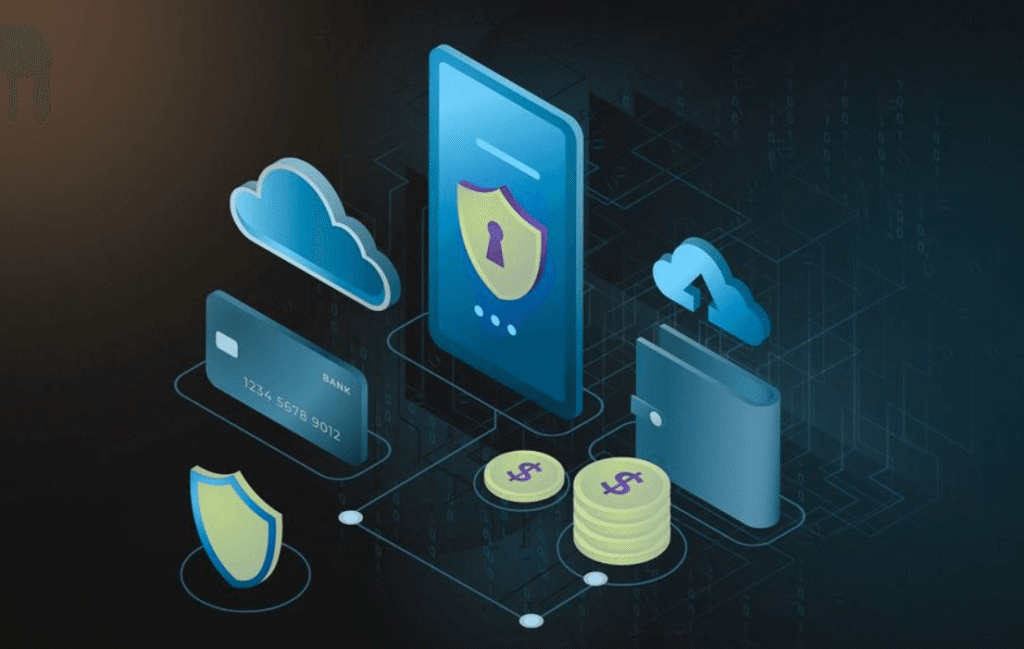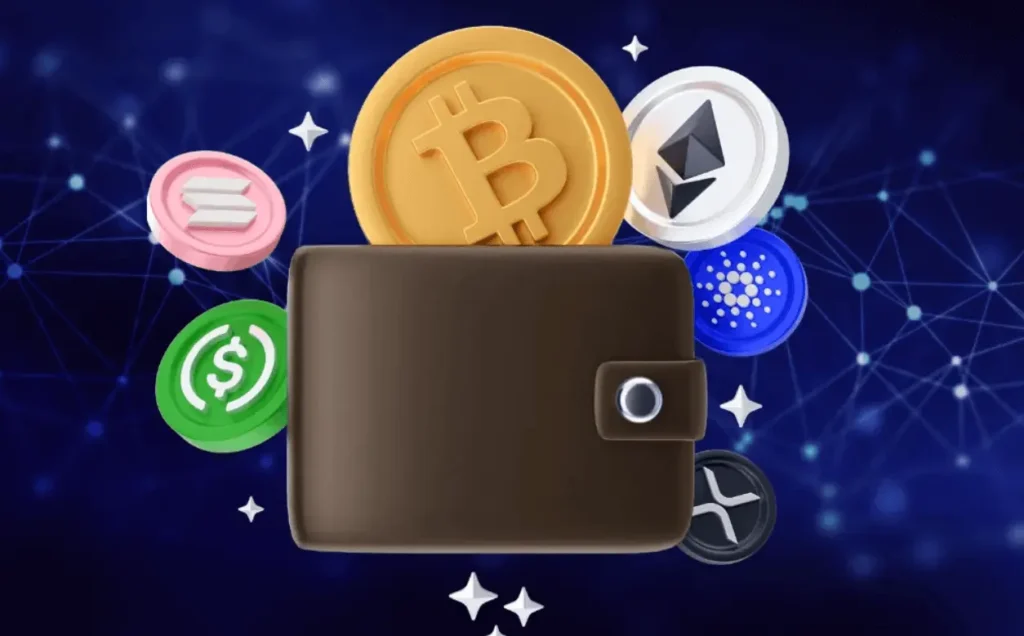Cryptocurrency adoption has exploded globally, and as more users step into the digital asset space, one question becomes increasingly critical: How should you store your crypto safely? Whether you’re investing in Bitcoin, Ethereum, or altcoins, choosing between hot and cold wallets can dramatically impact the safety and accessibility of your funds.
This guide explores the differences between hot and cold wallets, outlines their pros and cons, and helps you make an informed decision based on your usage habits and security needs. In the world of crypto, how you store your assets is just as important as what you invest in—so let’s dig into the key differences and considerations.
Key Differences Between Hot and Cold Crypto Wallets
Understanding the core functionality of hot and cold wallets will help you choose the best option—or combination—for your digital asset strategy. These wallet types serve very different purposes depending on how frequently you transact and how much security you require.
1. Hot Wallets: Always Online
- Hot wallets are connected to the internet and ideal for active traders.
- They are convenient and easy to use but come with higher exposure to cyber threats.
- Common hot wallets include MetaMask, Trust Wallet, and Coinbase Wallet.
2. Cold Wallets: Offline Security
- Cold wallets are offline storage devices or methods such as hardware wallets (Ledger, Trezor) or paper wallets.
- These wallets are immune to online hacks, making them the preferred method for storing large sums long-term.
3. Usage & Risk Profile
- Hot wallets are perfect for frequent transactions and DeFi use, but they require careful security hygiene.
- Cold wallets offer maximum security for long-term investors but are less flexible for quick trading.
4. Private Key Ownership
- Whether hot or cold, wallets that let you control your private keys provide the most security.
- Custodial wallets (usually hot) may store your keys for you, creating dependency on third parties.
🔐 High CPC Tip: Search terms like “best cold wallet for Bitcoin,” “hardware wallet vs software wallet,” and “secure crypto storage solutions” deliver premium AdSense value due to strong financial intent.
H3: Hot Wallets vs Cold Wallets – Feature Comparison
| Feature | Hot Wallets | Cold Wallets |
| Internet Connection | Always connected | Offline storage |
| Security Risk | Higher (exposed to hacks & phishing) | Lower (air-gapped, less vulnerable) |
| Convenience | High – instant transactions | Low – must connect device manually |
| Private Key Control | Varies (custodial & non-custodial) | Usually non-custodial |
| Supported Platforms | Mobile, desktop, browser | Hardware devices or paper backups |
| Ideal For | Daily traders, DeFi users, NFT buyers | Long-term holders, large investors |
| Backup Requirements | Recovery phrase or cloud sync | Seed phrase or physical copies |
| Price | Often free | $50–$300 for hardware wallets |
H4: When to Use a Hot Wallet and When to Use a Cold Wallet
Knowing when and why to use each wallet type is crucial to striking a balance between accessibility and security. Each wallet serves a distinct purpose in the broader cryptocurrency ecosystem.
When to Use a Hot Wallet:
- Active Trading: If you’re buying, selling, or swapping assets daily on exchanges or dApps, a hot wallet provides real-time access.
- NFT Interactions: Most NFT platforms and marketplaces like OpenSea and Blur require hot wallet connectivity (e.g., MetaMask).
- DeFi Usage: Hot wallets are essential for using decentralized platforms like Uniswap, Aave, or Compound.
⚠️ Security Tip: Always use 2FA, maintain browser hygiene, and never click suspicious wallet connection requests.
When to Use a Cold Wallet:
- Storing Large Sums: For serious investors or those holding Bitcoin, Ethereum, or altcoins long-term, cold storage offers unmatched security.
- No Internet Needed: Perfect for HODLers who want peace of mind by keeping private keys completely offline.
- Institutional Custody: Companies or DAOs managing crypto treasuries rely on multi-signature cold wallets for secure management.
Combining Both: The Hybrid Strategy
- Many experienced users employ a two-tiered approach—keeping a small percentage in hot wallets for daily transactions, and the majority in cold storage.
- This method combines flexibility and security, ideal for active investors who still want long-term safety.
H5: Advantages and Disadvantages of Each Wallet Type
To better understand which wallet fits your crypto journey, here’s a breakdown of the strengths and weaknesses of both options.
Hot Wallets: Pros and Cons
✅ Pros:
- Free and easy to set up
- Real-time crypto access
- Great for DeFi, NFTs, and staking
❌ Cons:
- Vulnerable to malware, phishing, and hacks
- Requires constant internet connection
- Not ideal for storing large amounts
Cold Wallets: Pros and Cons
✅ Pros:
- Maximum security and privacy
- Offline—no online attack vector
- Ideal for long-term storage
❌ Cons:
- Costs money to purchase
- Less convenient for quick transactions
- Can be lost or damaged if not backed up
📦 Cold wallets like Ledger Nano X and Trezor Model T are among the most recommended devices for 2025 due to their enhanced chip-level encryption and wide token support.
H6: How to Choose the Right Crypto Wallet in 2025
With the market maturing, new wallet options are being introduced with features like biometric security, multi-signature access, and cross-chain compatibility. Here’s how to pick the right one for you:
- Evaluate Your Needs: Are you a trader or a long-term investor?
- Check Asset Compatibility: Does the wallet support your coins (e.g., ERC-20, Solana, NFTs)?
- Read User Reviews: Check forums like Reddit or Crypto Twitter for first-hand experiences.
- Verify Manufacturer Authenticity: Only buy hardware wallets from official sites to avoid tampered devices.
- Don’t Rely on One Wallet: Diversify risk by using both hot and cold solutions for different use cases.
FAQ: What If I Lose My Wallet or Recovery Phrase?
FAQ 1: Can I recover my funds if I lose access to my crypto wallet?
| Scenario | Outcome | Recommendation |
| Lost hot wallet but have seed | ✅ You can restore it using seed phrase | Back up your 12/24-word recovery phrase |
| Lost cold wallet but have seed | ✅ Wallets like Ledger allow restoration | Store phrase in multiple physical locations |
| Lost both wallet and seed | ❌ Irreversible loss | Use a fireproof safe for phrase storage |
| Cloud backup failure | ❌ If no physical backup exists | Avoid cloud-only backups for critical data |
🔐 Your recovery phrase is the key to your crypto kingdom. Treat it with the same caution as your bank PIN or passport.
Final Thoughts
Choosing between a hot wallet and a cold wallet doesn’t have to be complicated—it depends on your personal habits, risk tolerance, and investment strategy. Hot wallets are perfect for on-the-go transactions and exploring the world of NFTs and DeFi, while cold wallets offer bulletproof protection for large holdings and long-term security.
As crypto matures in 2025 and becomes even more mainstream, the way you store your assets will directly influence how safe, flexible, and successful your digital journey will be.
💼 Whether you’re a day trader, NFT enthusiast, or long-term HODLer—make wallet security your top priority in the crypto economy.







